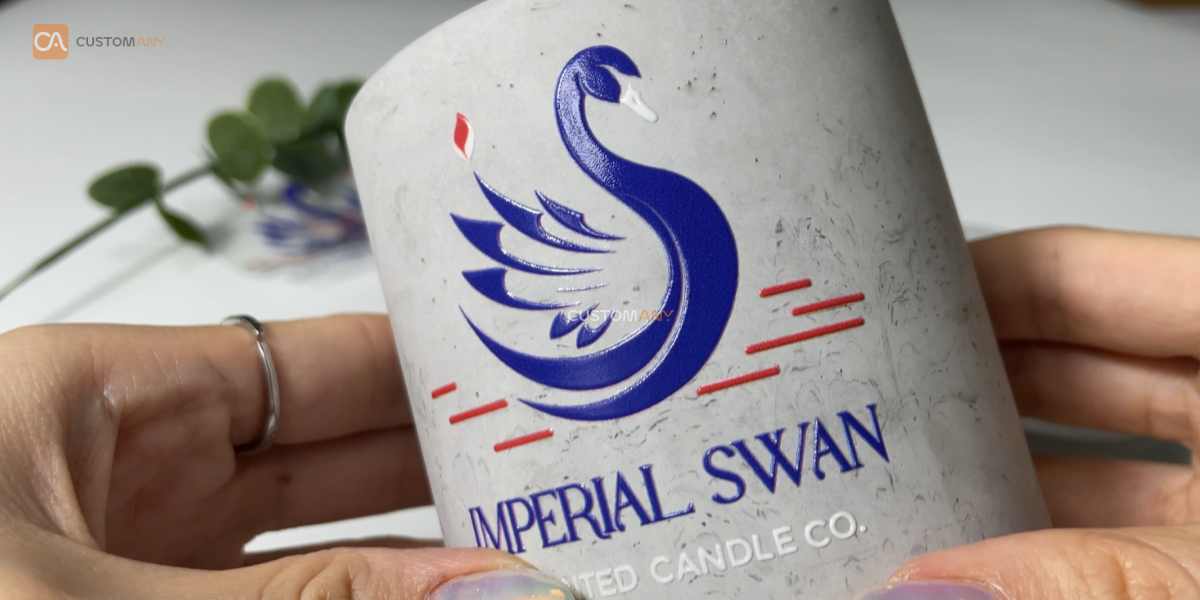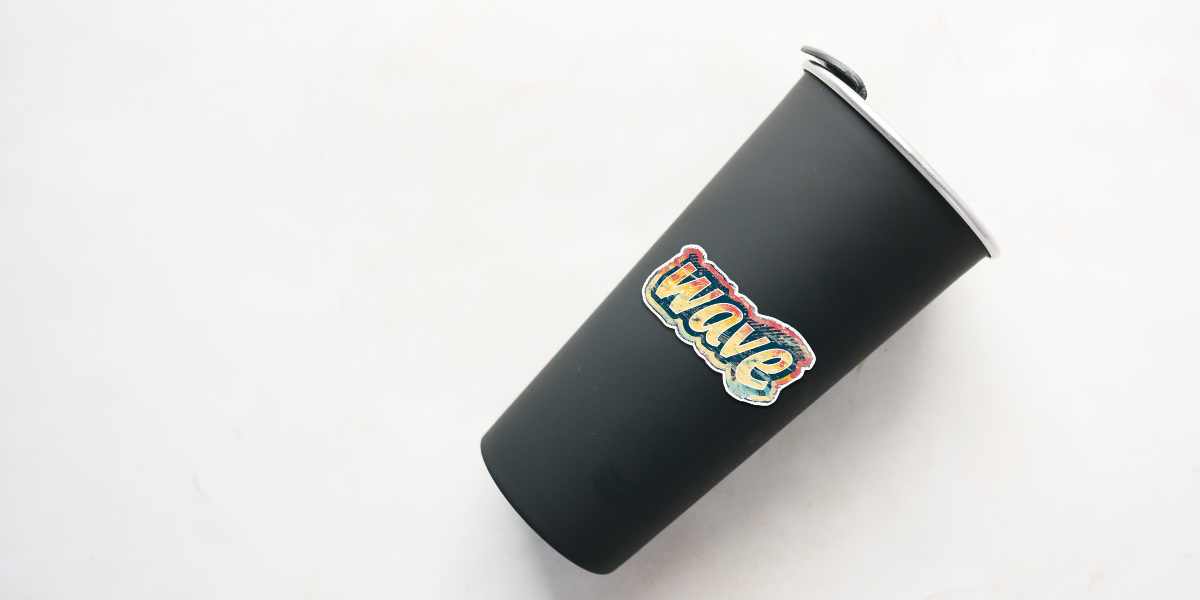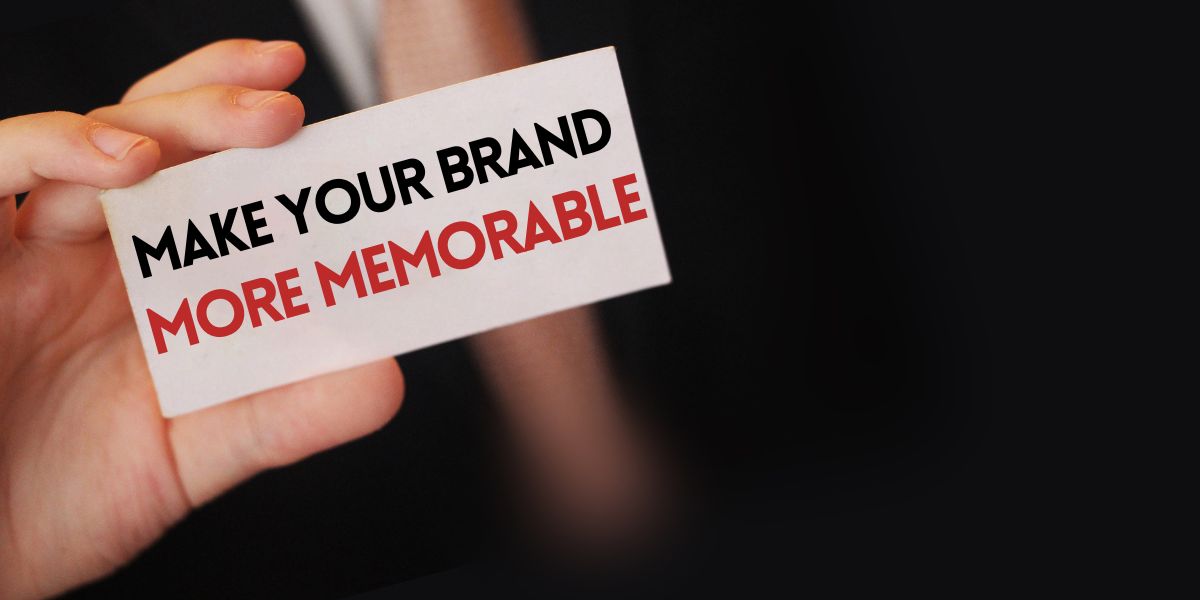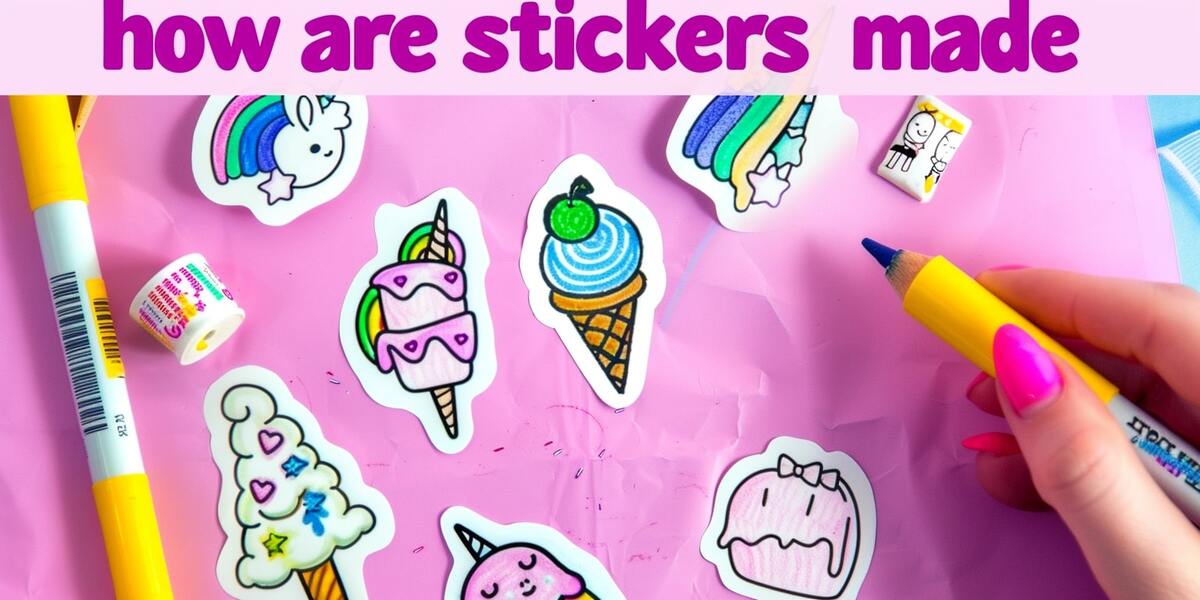Transfer stickers, or custom UV transfer stickers in particular, are a kind of sticker that consists of 3 layers: the backing layer, the sticker itself, and the top layer of transfer tape. The sticker part is usually composed of multiple, separate components. These parts stay together by the transfer tape and then being intactly “transferred” onto surfaces.
Because of this unique structure and characteristics, this type of sticker is popular for use as branding stickers (like text labels or logo stickers).
However, not everyone is familiar with the best practices for using custom transfer stickers. So, to help you get the most out of them, CustomAny has compiled a list of 3 do’s and don’ts you should know when using these stickers for branding. Let’s explore!
Why Custom UV Transfer Stickers
UV transfer stickers are a relatively new method for businesses and individuals to brand.
You can use UV DTF stickers for:
- Business logo stickers
- Product labels
- Window transfer stickers
- Vehicle window stickers
- Make branded gifts for employee or customers
- …
Additionally, UV DTF stickers have many outstanding features that make them perfect for branding purposes, such as:
1. 3D finish, printed effect

Instead of printing directly onto a background, these stickers are created by printing UV-cured ink directly onto a unique transfer film. Using multiple layers of ink, the 3D UV transfer method gives the label a tactile and 3-D appearance. It gives the design depth, and makes it more interesting to look at and enjoyable to touch.
Furthermore, after printing, a glossy coat is added, giving the stickers a 3D embossed effect. This makes these stickers very attractive and eye-catching.
2. Full-color printing
The UV transfer stickers are full-color printed options. When printing UV transfer stickers, manufacturers do not print the designs directly onto a background like normal vinyl stickers.
Printing ink layers, including white ink, color ink, and coating ink, will be printed on a film sheet (also known as backing layer). Because the white ink layer becomes the background for other color layers, the printed color is completely independent of the backing layer.
Therefore, these stickers can be printed with white or any other color. This versatility enables outstanding and eye-catching designs that will efficiently convey the aesthetic and message of a company.
3. Durable
Durability is another key advantage of custom UV transfer stickers. These stickers are made of thick layers of ink and printed using UV printing technology, allowing the ink to dry instantly after printing. As a result, they are scratch-resistant, water-resistant, dishwasher-safe and microwavable.
Once applied, UV transfer stickers firmly adhere to the surface, ensuring a long-lasting and secure hold.
The 3 Do’s of Using UV Transfer Stickers for Branding
When using UV transfer stickers as branded stickers, there are 3 “do” things to keep in mind:
1. Do: Choose a suitable size
We recommend using UV transfer sticker sizes that are not smaller than 2 inches. While it is possible to print UV transfer stickers in small sizes, such as 1 inch, you should opt for a relatively larger size. This ensures that the print comes out sharp and allows the design to fully convey its branding message.
2. Do: Prioritize Vibrant Colors
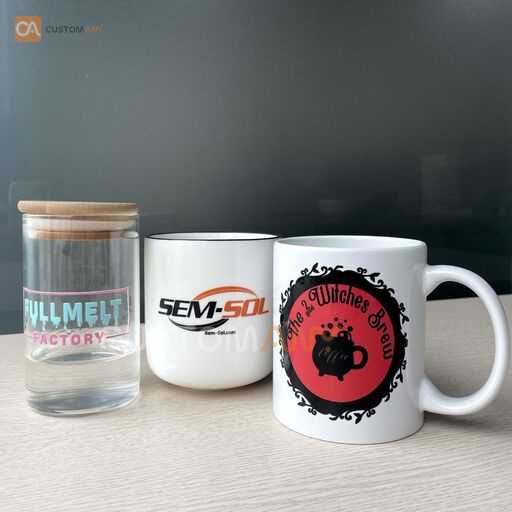
UV transfer stickers stand out due to their thick appearance, as they are made up of 3 layers of ink. Additionally, these stickers have a glossy finish, with the top layer featuring a glossy finish. There is no doubt that this feature makes a big impact when paired with lively colors. This makes them even more eye-catching and attractive.
So, when creating the designs, prioritize colors that are vivid and vibrant.
3. Do: Apply them to Sturdy and Smooth Surfaces
Due to their thicker material compared to regular paper stickers or vinyl stickers, UV transfer stickers are less flexible, so you should adhere them to solid and smooth surfaces. They work effectively on materials like plastic, glass, and metal.
For branding, you can apply these stickers to a variety of objects, including glassware, mugs, tumblers, notebooks, cars, cosmetic bottles, and more. UV transfer stickers almost blend into these items. This gives the impression that they are a part of the product’s design rather than being stickers.
However, you should ensure that the surface is clean and dry before applying them for optimal adhesion.
The 3 Don’ts of Using UV Transfer Stickers for Branding
The next step in successfully employing UV transfer stickers for branding is to be aware of the factors that may influence the printing, application, and ongoing usage of these stickers. Here are three mistakes you should avoid for optimal results:
1. Don’t: Use for Designs with tiny details
When applying the sticker designs onto surfaces, you need to remove the backing layer and apply the transfer tape which holds every detail of the design to your desired surface. Then, you remove the transfer tape to leave only the sticker layer.
Because of these removing steps, choosing tiny details can complicate the printing process and make it difficult to separate and stick them accurately.
To avoid this issue, it is recommended to increase the size of such small elements. You can also increase the line thickness in designs so that you can easily remove the layers without pulling up the sticker when applied.
2. Don’t: Overcrowd Designs with Information
For UV transfer stickers that are used for branding purposes, they should be concise and visually impactful. Overcrowding the design with excessive information can make it difficult for the message to stand out and may result in a cluttered appearance.
Hence, it is important to prioritize key elements (such as product name, business name, company logo, etc.) and keep the design clean and visually appealing.
3. Don’t: Apply them without Reading Instruction
Applying UV transfer stickers without reading the instructions can lead to mistakes or damage.
Because of their 3-layer structure and their intricate and distinct elements, applying UV transfer stickers is more complicated than other conventional stickers. Incorrect application can cause some details to be left behind on the backing layer.
Also, UV transfer stickers have a strong adhesion. Carelessly applying can cause the sticker to warp or distort on the applied surface.
Therefore, make sure to take your time to read the instructions provided so that you can apply Transfer Stickers with zero mistake or damage.
Last words
3D UV transfer labels are perfect for logo stickers or branded stickers because of their sharp and detailed printing quality. Moreover, these stickers not only convey high quality and luxury, but they can also help a business show its professionalism. These help companies stand out in a competitive market.
To make best use of UV transfer labels in effectively branding your business, apply our tips to differentiate your products and grab the attention of customers with transfer stickers.
Don’t forget to scroll our blog page to find useful tips and tricks about using custom stickers.

